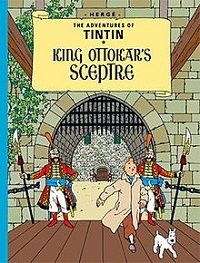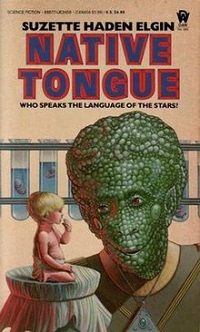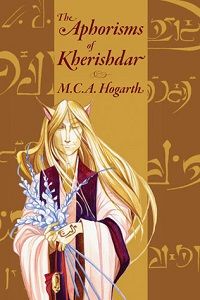Stories are just words put together in a way that appeals to our emotions and creativity. Language is the story behind the words, the melody to the lyrics. A strong constructed and complete fictional language can tell us more about a character than a long backstory. From culture to heritage, from the environment to small things we hold dear, language is the backstory. For more information about constructed languages, you can find more information and like-minded people at conlangs.com – including a beginner’s guide and tips for creating your own conlang! Tolkien knew exactly how complex and beautiful languages could be. He initially studied languages for fun in his youth, creating his first language, Naffarin, inspired by both Latin and Spanish. After his return from World War I, Tolkien studied Anglo-Saxon and linguistics at Oxford University, nurturing his skill and passion for natural languages. He loved the idea so much, he wondered what alternative and fantastical languages would exist if elves had lived amongst men. The initial result was two complete languages: Quenya and Sindarin, both to be considered languages of the Elves. Tolkien was so enamoured with the idea of these languages, he felt compelled to write histories and lore to go with them. As Tracey Mumford puts it, Tolkien “invented words and needed speakers.” There were many more languages used through The Lord of the Rings and the entire series, but only Quenya and Sindarin are complete enough to be “learned” by others. For more history on Tolkien and his love for languages, check out fellow Book Riot writer Senjuti and her list of fascinating facts here. While the majority of conlangs may feel like they come from the pale, stale, and male end of the pool, there are some beautiful contributions to be found further afield.



